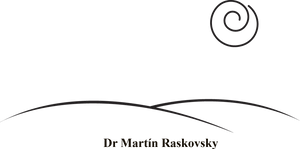Firstly, it is essential to acknowledge the notable opposition encountered by generative art today, akin to the resistance faced by photography in its nascent stages. Critics argue that generative art lacks the emotional depth and artistic intent inherent in human-created works, mirroring the sentiments expressed by early detractors of photography. Picasso's critique of photography as a medium devoid of personal touch and human essence finds resonance in contemporary discussions surrounding generative art. However, just as photography eventually gained recognition and became a respected art form, there exists the potential for generative art to overcome its opposition and establish itself as a legitimate and valued artistic medium.
Furthermore, the ethical dimensions of generative art come to the forefront when considering the concealment of its generative nature. The process of creation may be innovative and technically impressive, but the lack of transparency regarding the generative nature of the artwork raises concerns about authenticity and the artist's intentions. This concealment can lead to ethical dilemmas, as audiences may question the value and integrity of the artwork. It underscores the importance of transparency and honesty in the presentation of generative art, ensuring clarity about the role of AI tools in the creative process.
The integration of AI tools with photography as a reference adds another layer to the discussion, particularly concerning copyright issues. When artists use photographs as references in generative processes, questions of ownership and intellectual property rights become complex. While the generative process may transform the original photograph into something new, the artist must navigate legal and ethical considerations surrounding derivative works and proper attribution. This highlights the evolving relationship between traditional and generative art forms, prompting reflection on the implications of AI technology on creative expression and copyright law.
Lastly, when artists use their own photographs as references in generative processes, the issue of copyright becomes less contentious. In this scenario, the artist retains ownership of both the original photograph and the resulting generative artwork, granting them creative freedom to explore and reinterpret their own work. However, even in this case, transparency about the use of AI tools is crucial, ensuring authenticity in the presentation of the artwork.
In conclusion, the intersection of AI and photography in contemporary art presents a rich tapestry of creative possibilities and ethical considerations. By acknowledging historical parallels, navigating copyright issues, and promoting transparency, artists can harness the potential of AI to redefine artistic expression while upholding the integrity of the creative process. As technology continues to evolve, the dialogue surrounding AI and photography in art will undoubtedly continue to shape the landscape of contemporary artistic practice.
